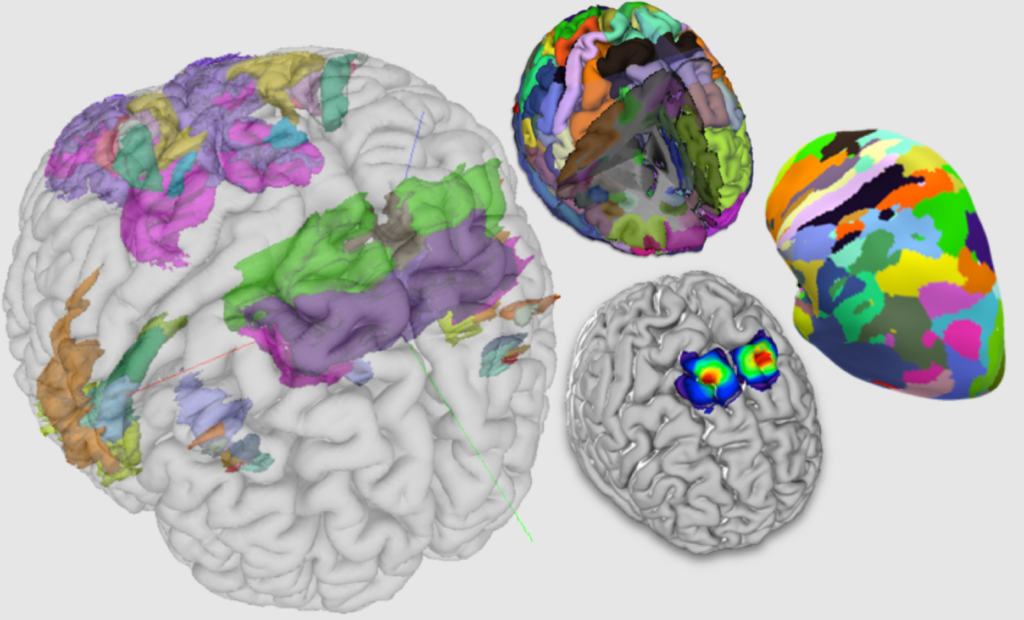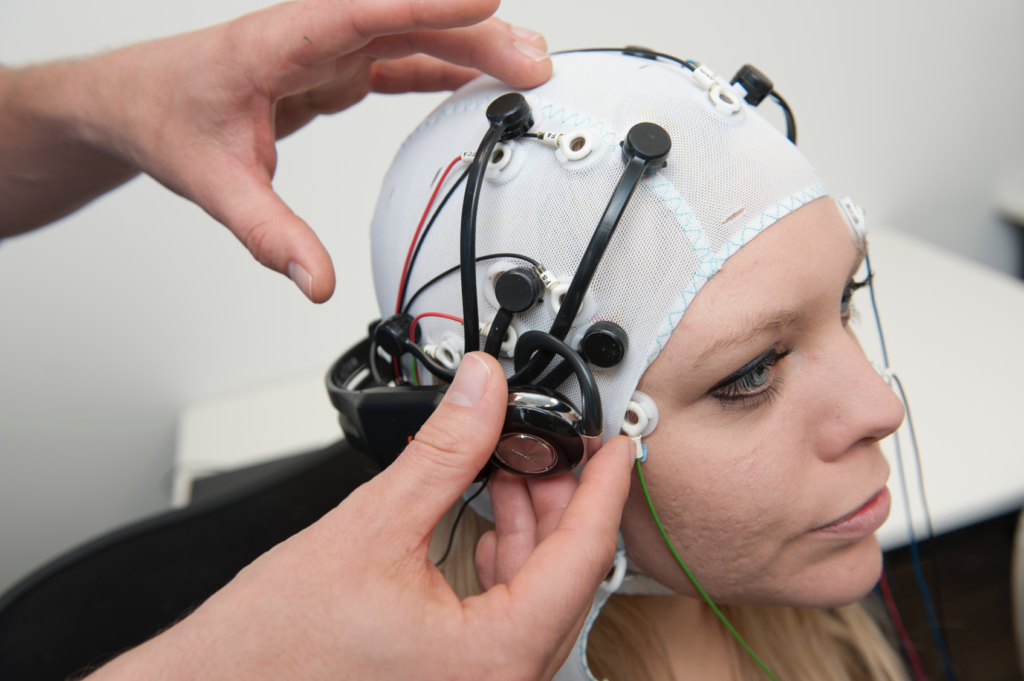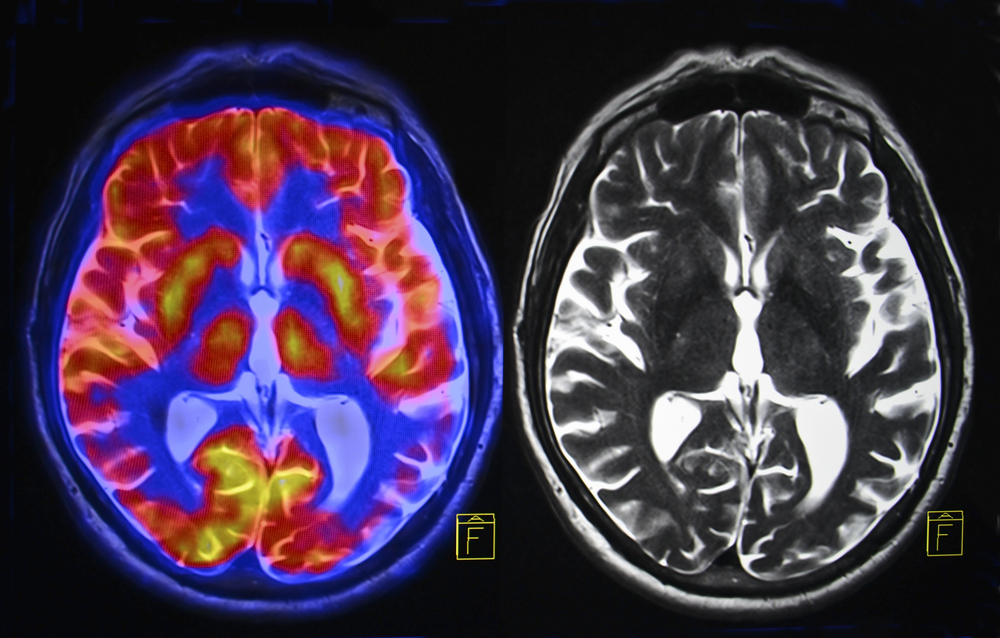The decade-long European Human Brain Project (HBP) is drawing to a close this September, marking a poignant moment in the history of digital neuroscience and AI.
Initiated in 2013, the HBP is a pioneering project in neuroscience and technology that set out to build realistic simulations of the human brain.
This March, almost 700 researchers from 27 countries converged for the final HBP Summit in Marseille, France, to discuss the project’s lasting contributions and the path ahead for brain research.
Researchers showcased the wealth of scientific contributions that have emerged from this collaboration, positioning the project as a cornerstone in multidisciplinary research, or “Big Science,” which seeks to escalate scientific programs to international scales with massive funding.

While armed with grandiose aims and some €600m ($651m) in funding, the HBP hasn’t always been plain sailing.
Throughout its 10-year journey, the project has been the center of numerous controversies, including a petition from about 150 neuroscientists stating that they wouldn’t participate until its lead director, Henry Markram, was fired.
Markram’s leadership style was described as chaotic and sporadic, and by 2016, he lost his position in the project’s leadership and was ordered not to speak to the press.
From 2016 to 2020, the project’s management was heavily restructured.
Nevertheless, the HBP remains one of the most ambitious projects of its kind and is associated with thousands of studies.
As AI and machine learning (ML) research picked up pace over the past few years, the HBP started to fulfill its ambitious visions to model the brain’s most intricate process but largely fell short of obtaining a true understanding of elusive concepts like consciousness.
You could say it’s fitting that the complexity of the human brain defeated the world’s most ambitious neuroscience project.
However, this doesn’t entirely eclipse the project’s other successes.
According to Katrin Amunts, Scientific Research Director of the HBP, the project has yielded “world-leading 3D brain atlases, breakthroughs for personalized medicine based on computational brain modeling, brain-derived AI and computing that provides a new path for technology, and many more.”
Despite the HPB’s impending conclusion, researchers at the conference were optimistic about its future impacts.
“A project, by definition, always has a beginning and an end, but what we are seeing now at the end of the Human Brain Project is continuing,” said Viktor Jirsa, a researcher from Aix-Marseille University.
Emphasizing the importance of international collaboration, Stephanie Forkel from Radboud University in the Netherlands noted, “We have all come out of our silos.”
A paper presented at the summit, co-authored by 98 researchers from 16 countries, laid out a collective vision for the field.
The paper, passed over to the European Commission during the event, describes “the areas of research that we see for the coming years, the needed instrumentation and the central opportunities,” according to Amunts.
The HBP’s contribution to medical technology
A flagship output of the HBP is EBRAINS, a research infrastructure that provides open access to a wealth of data, advanced technologies, and services for brain research.
Through the amalgamation of 3D maps covering approximately 200 structures within the cerebral cortex and deeper regions of the brain, HBP researchers developed the Human Brain Atlas, which is available via the platform.
This comprehensive atlas offers a layered view of the brain’s architecture, encompassing everything from cellular and molecular structures to functional clusters and connectivity networks.
“Think of the Human Brain Atlas as the Google Maps for neuroscience,” said Amunts in a press briefing at the HBP Summit 2023 held in March.

Neuroscientist Nicola Palomero-Gallagher underscored the utility of this platform, stating, “Work that took me two days in the past now takes me only ten minutes. I work with the human brain atlas on EBRAINS, which includes enormously large data that you cannot just handle on your normal laptop. You need supercomputers…Now, this has really been simplified, and I can access and work with the data from anywhere in the world—and so can any researcher in brain science!”
There have been many clinical successes, too. Research emanating from the project has been pivotal in investigating and developing new therapies for neurological conditions like epilepsy and Parkinson’s disease.
Scientists are exploring ways to employ deep brain stimulation techniques, initially modeled and understood through HBP research, to alleviate the symptoms of Parkinson’s disease.
Using AI to understand visual stimuli
One of the HBP’s most significant achievements of the last few years is understanding how the brain processes visual stimuli.
Researchers from the University of Amsterdam observed that the brain’s visual interpretations depend on auditory and tactile inputs, not just the stimuli’s visual properties. Our sense of sight is intricately linked to other senses, such as hearing and, surprisingly, touch.
This suggests that our understanding of the environment is a more interactive and multisensory process than previously believed.
HBP researcher Cyriel Pennartz, one of the study’s authors, explained that this multimodal view of sensory processing supports the theory of “neurorepresentationalism,” which sees perception as “the construction of best-guess representations of our surroundings.”
Off the back of this research, scientists from the Graz University of Technology within the HBP trained a large-scale AI model that mimics the primary visual cortex of the mouse.
Then, a separate study developed a brain implant to restore sight to the visually impaired after tests showed that stimulating the visual cortex induces visual perception in monkeys.
This approach directly stimulates the brain, bypassing the eyes and optic nerve in the process. It’s already been implemented in a prototype prosthesis that enabled a blind woman to “see simple shapes and letters” – an unprecedented advancement in treating blindness.

2023 has seen an explosion of brain-computer interfaces (BCIs) that can accurately read and analyze data from the brain and feed them into machine learning (ML) models.
BCIs are replenishing the lives of stroke and accident survivors, paralyzed individuals, and sufferers of debilitating diseases like amyotrophic lateral sclerosis (ALS).

This is an era where AI models power an array of mechanical and technological devices, enabling people to bypass spinal injuries to walk naturally, speak by imagining thoughts, and conjure realistic images by visualizing them.
In the not-too-distant future, technology that enables humans to manifest complex actions through thought might enter commercial production.
Lessons for Big Science
Though the HBP offers a suite of accomplishments in neuroscience, biology, and technology research, it’s not been without its setbacks.
One such point of contention is the project’s overly ambitious scope, aiming to provide a comprehensive understanding of the entire human brain, a task many believe is still beyond our current technological and scientific capabilities.
While recent studies have made advancements in constructing lightweight AI hardware modeled on neurons and other brain structures, the complexity and efficiency of biological brains defy current technology.
Although vast, the project’s scientific output has been described as fragmented and mosaic-like, focusing on discrete aspects of the brain rather than a holistic view as was first intended.
Yves Frégnac, a member of the HBP, summarized this by stating, “I don’t see the brain; I see bits of the brain.”
Financial challenges have also plagued the HBP. Initially promised a €1 billion budget, the final allocation was €607 million.
Though the HBP’s future is uncertain, the project – both in terms of research, management, and organization – offers valuable lessons about the pitfalls and complexities of Big Science, especially when massive budgets and high expectations clash with grandiose visions.
As the project enters its closing chapter, it will be remembered as a pivotal, albeit sometimes polarizing, milestone in our quest to understand the most complex organ in the human body.





